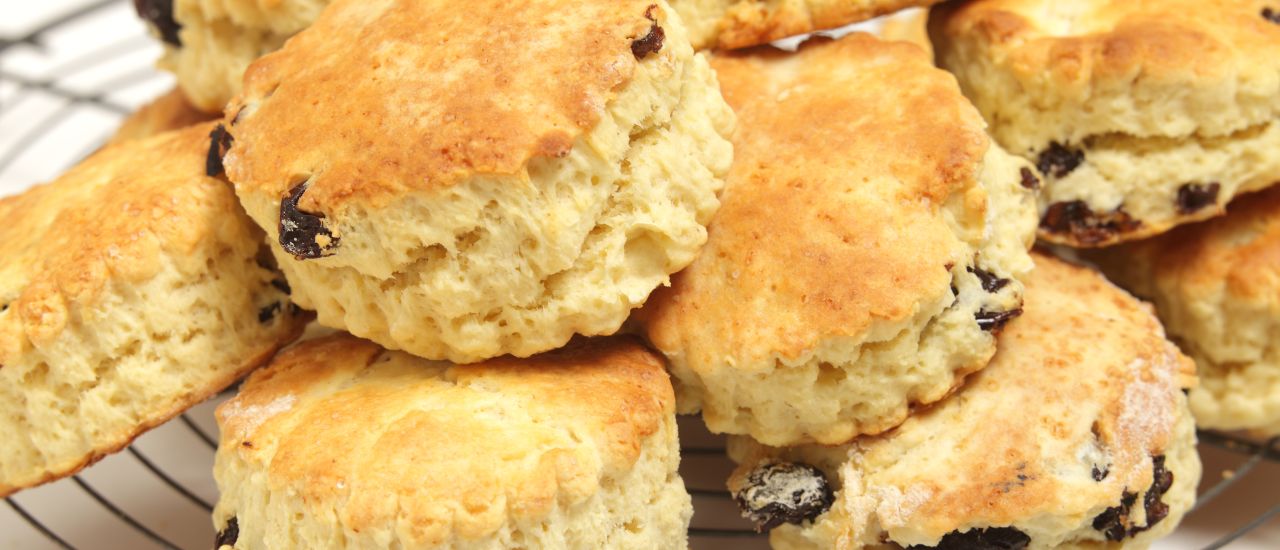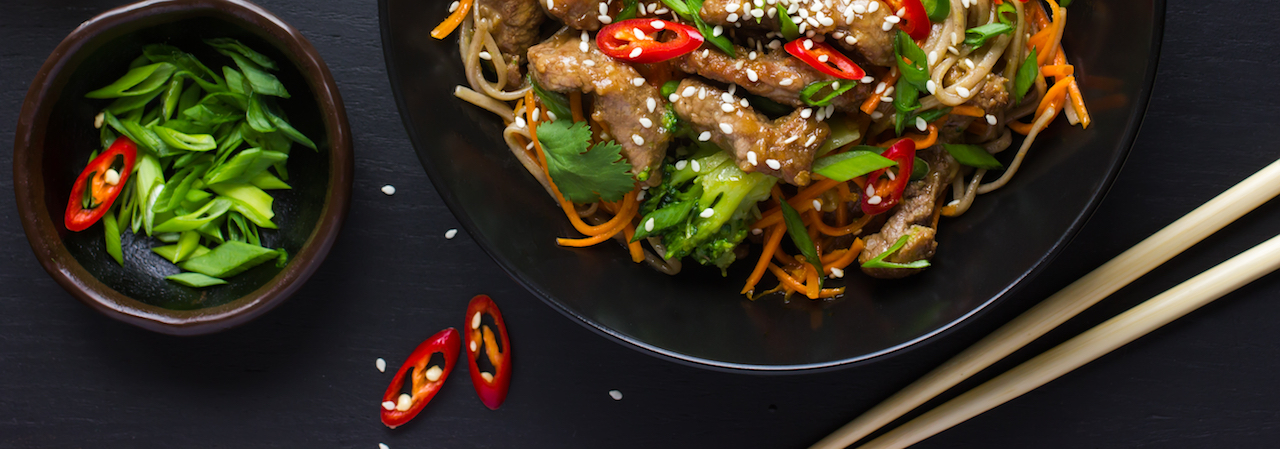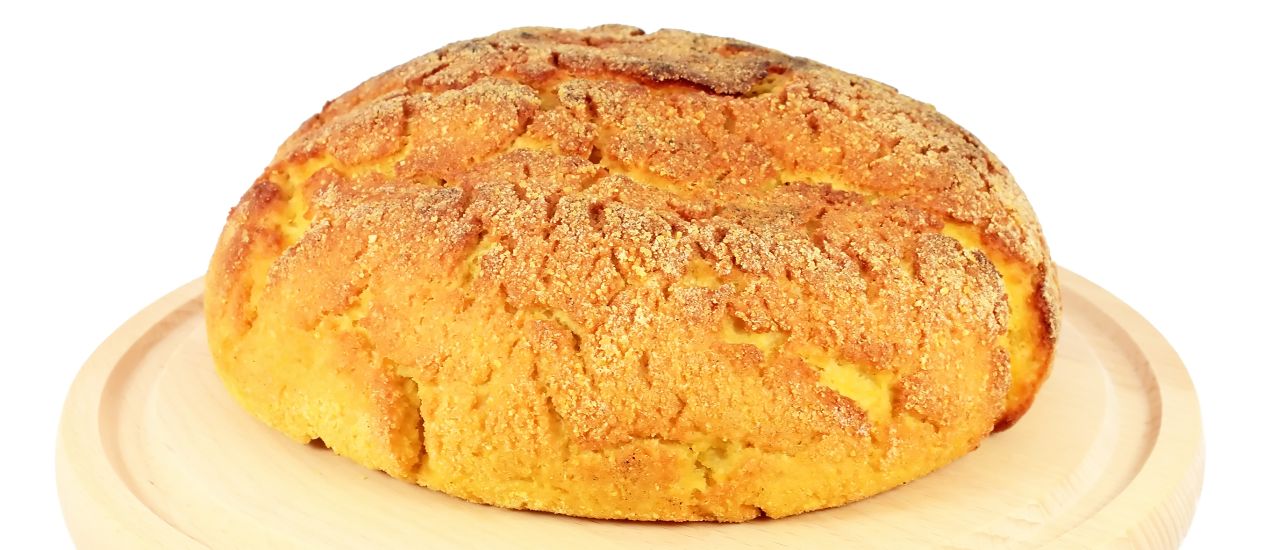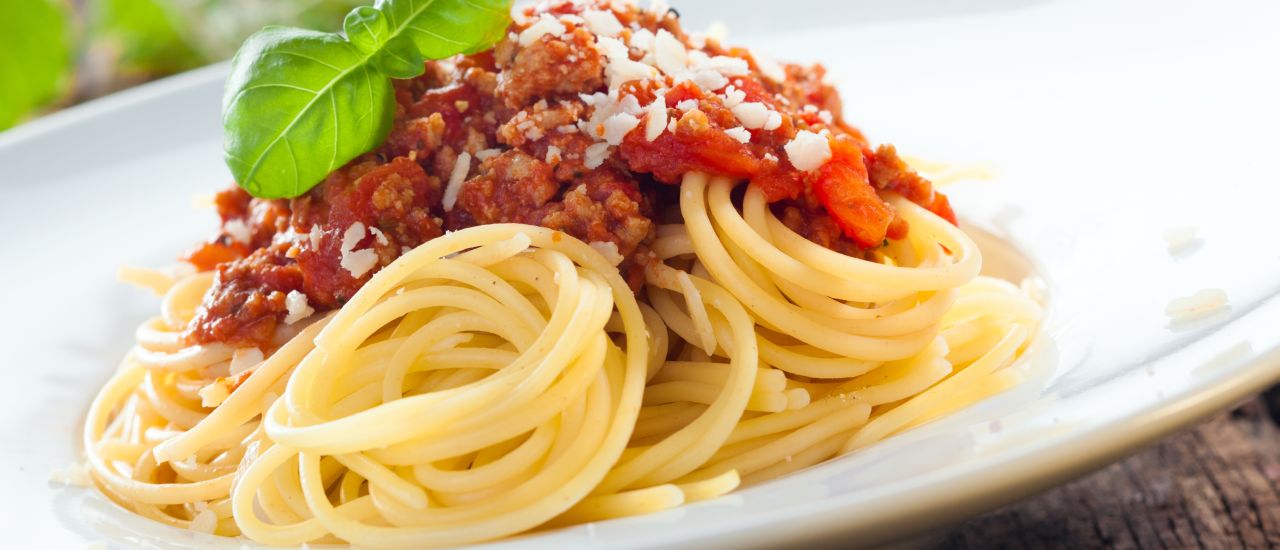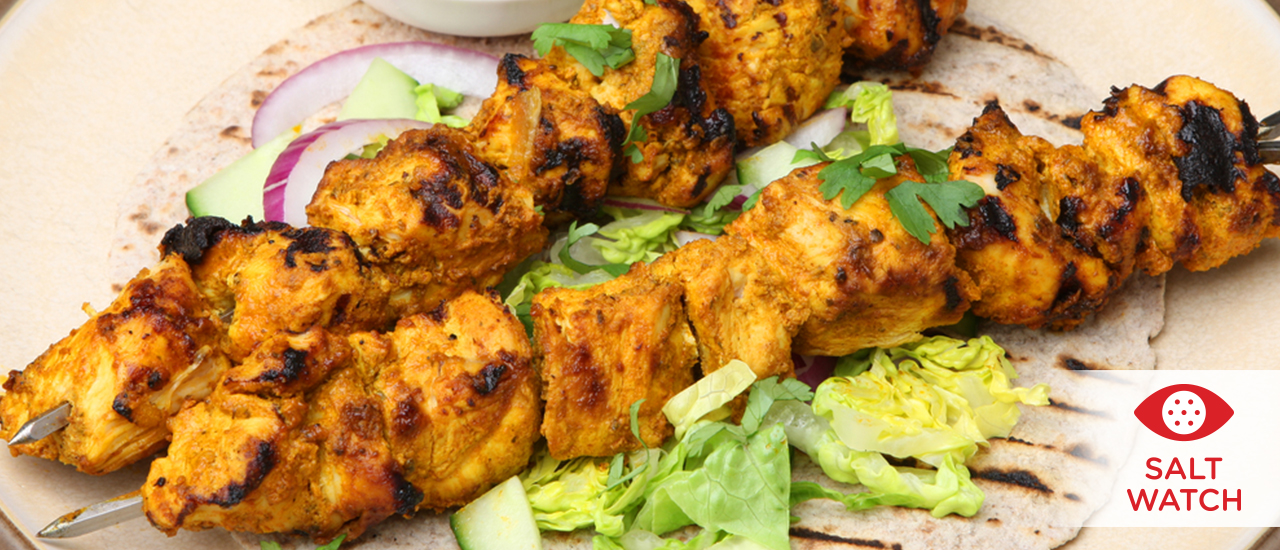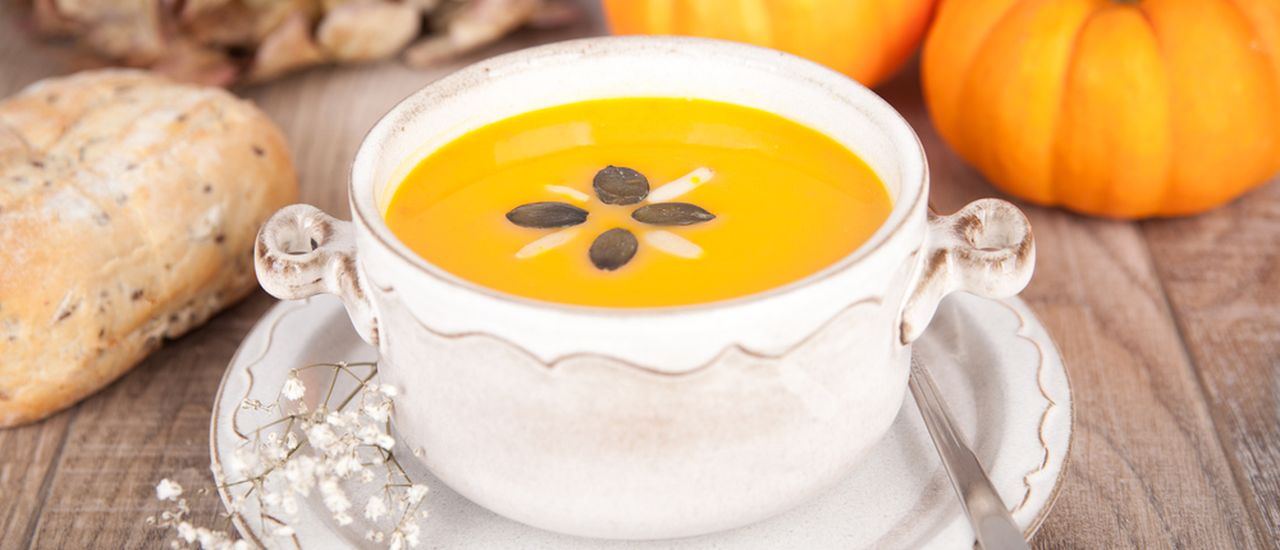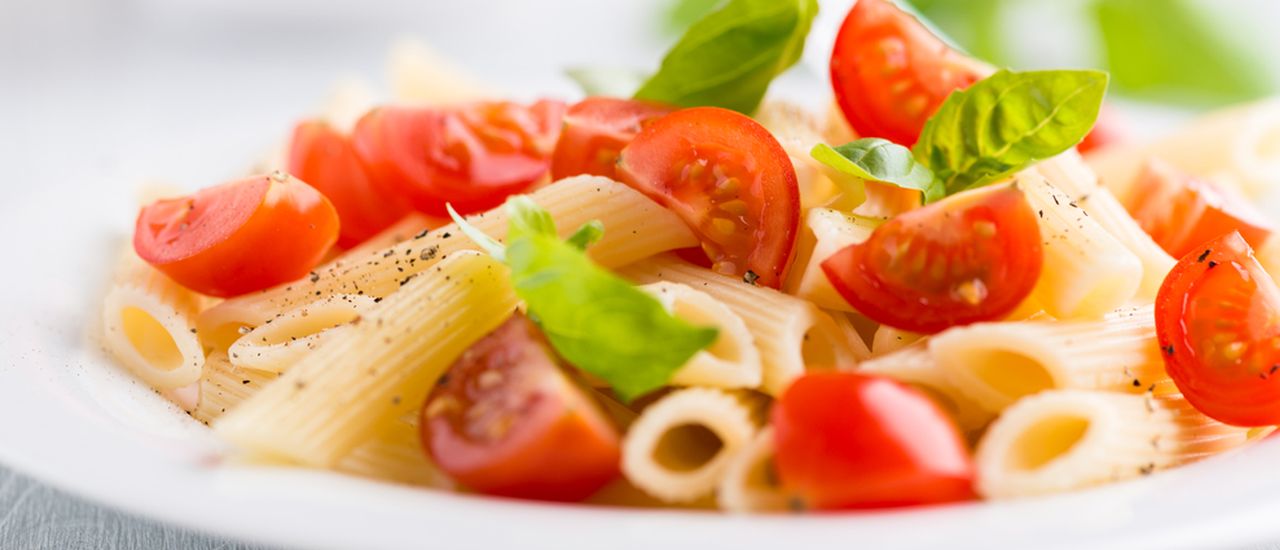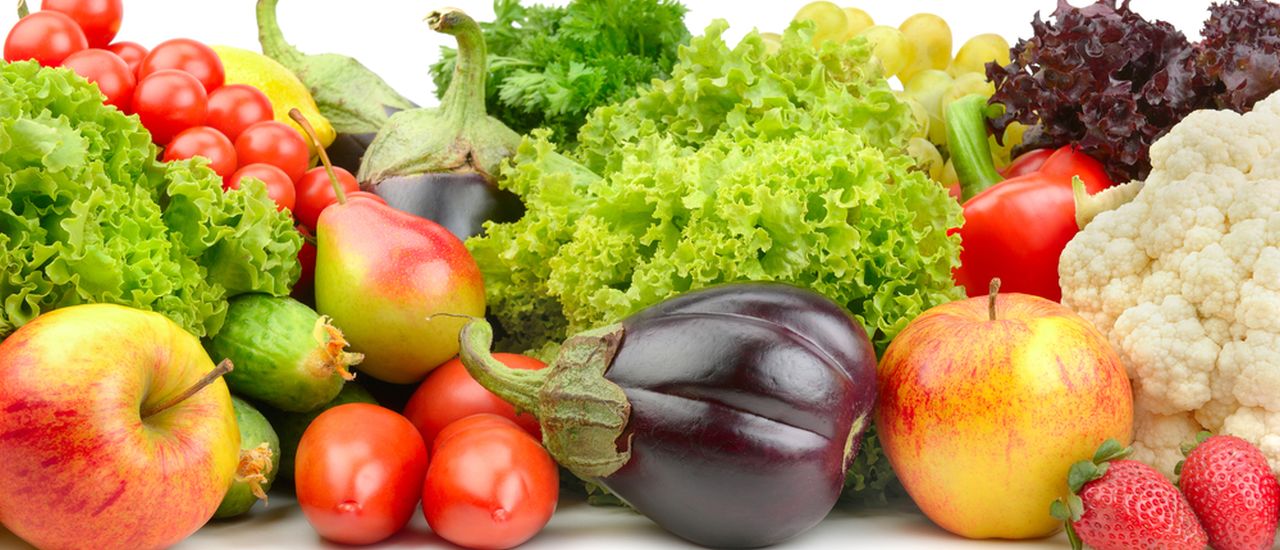‘People are so worried about what they eat between Christmas and the New Year, but they really should be worried about what they eat between the New Year and Christmas.’ ~ Unknown Author
This is a delicious and healthy alternative to a heavy, creamy side dish, especially at a braai. The roasted butternut adds a sweet flavour to the couscous and the nuts add a crunch. Serve this with a green salad and your braai meat, then there’s no need for another starch.
Ingredients:
1 large onion, cut in thin wedges
500 g butternut, cut in small cubes
5 ml (1 tsp) cumin seeds
75 ml (5 tbsp) olive or avocado oil
Salt and black pepper to taste
500 ml (2 cups) whole wheat or ordinary couscous
500 ml (2 cups) boiling water
5 ml (1 tsp) dried thyme
7, 5 ml (½ tbsp) ground cumin
2, 5 ml (½ tsp) ground cinnamon
15 ml (1 tbsp) finely grated lemon rind
Lemon juice to taste
30 ml (2 tbsp) each fresh mint and coriander leaves, shredded
50 g flaked almonds, lightly toasted
Directions:
1. Preheat the oven to 200 °C and place the onion and butternut on a baking tray.
2. Sprinkle cumin seeds and drizzle about 30 ml of the oil over the veggies. Season lightly with salt and pepper.
3. Roast veggies for 30 minutes or until just cooked. Spoon out and allow to cool.
4. Meanwhile, place couscous in a shallow dish and pour boiling water over. Add herbs, spices and lemon rind and stir through. Allow to stand for 5-7 minutes.
5. Mix with a large fork to break up any lumps. Add remaining oil and lemon juice to taste and mix well.
6. Add veggies and any oil from the pan with the rest of the ingredients and gently mix without breaking up the butternut too much. Serve as a healthy side dish.
Tips
1. Roast your own almonds. Place on a baking tray and roast in the oven before roasting the veggies. Keep an eye on them as it will only take a few minutes. Alternatively, if you are not using the oven, roast almonds in a dry frying pan for a few minutes.
2. Add chickpeas and feta to the couscous for a light vegetarian meal.
(Serves 6)
Recipe by: Food Consultant, Heleen Meyer
This week’s Kitchen Nutrition was brought to you by Momentum Health.

